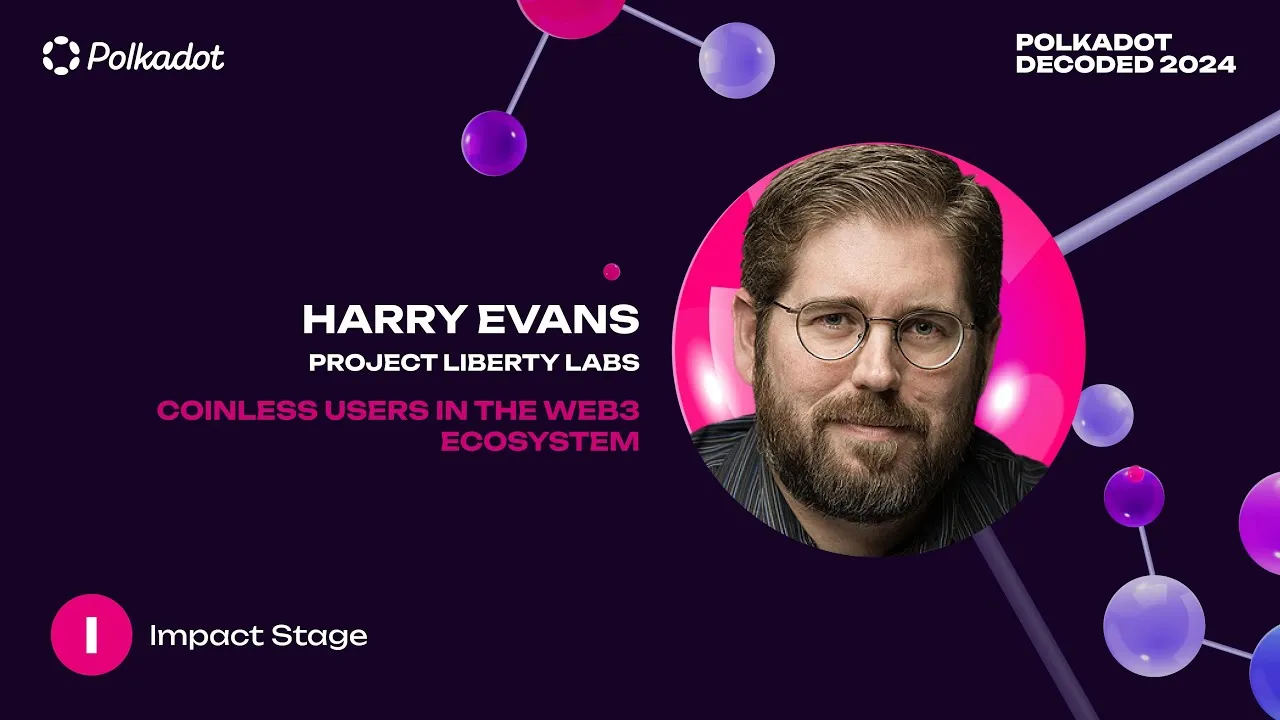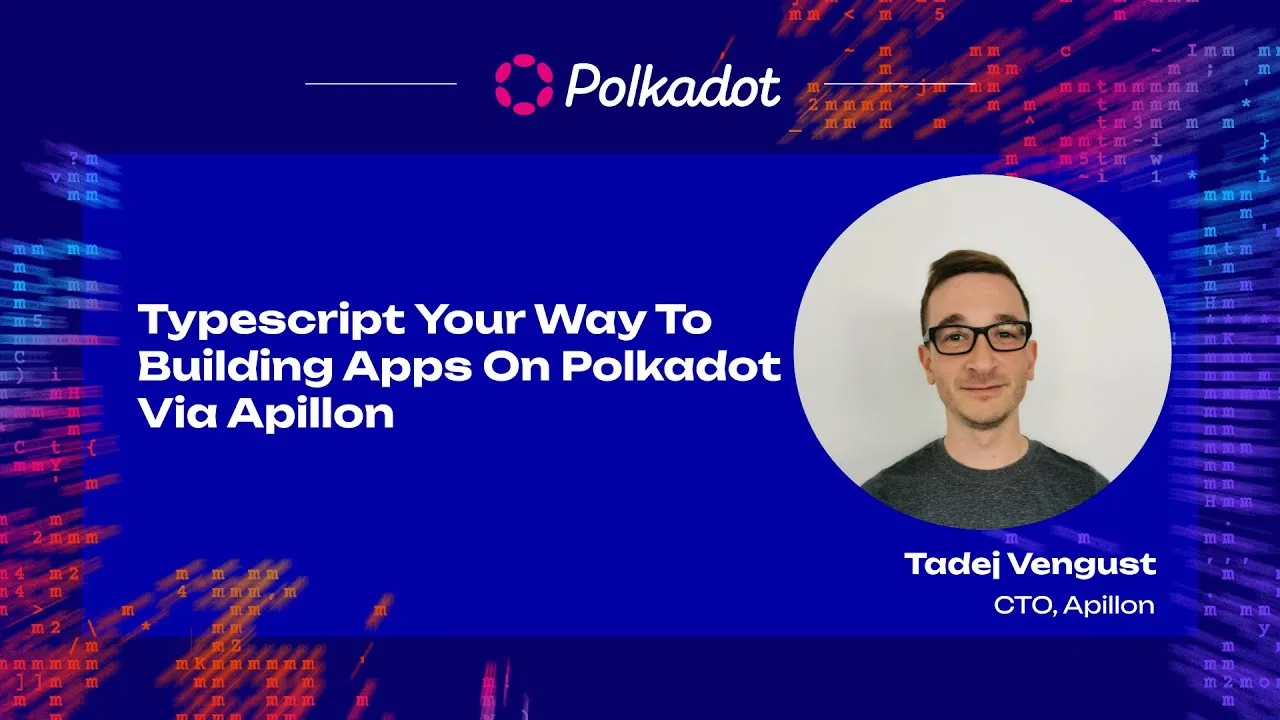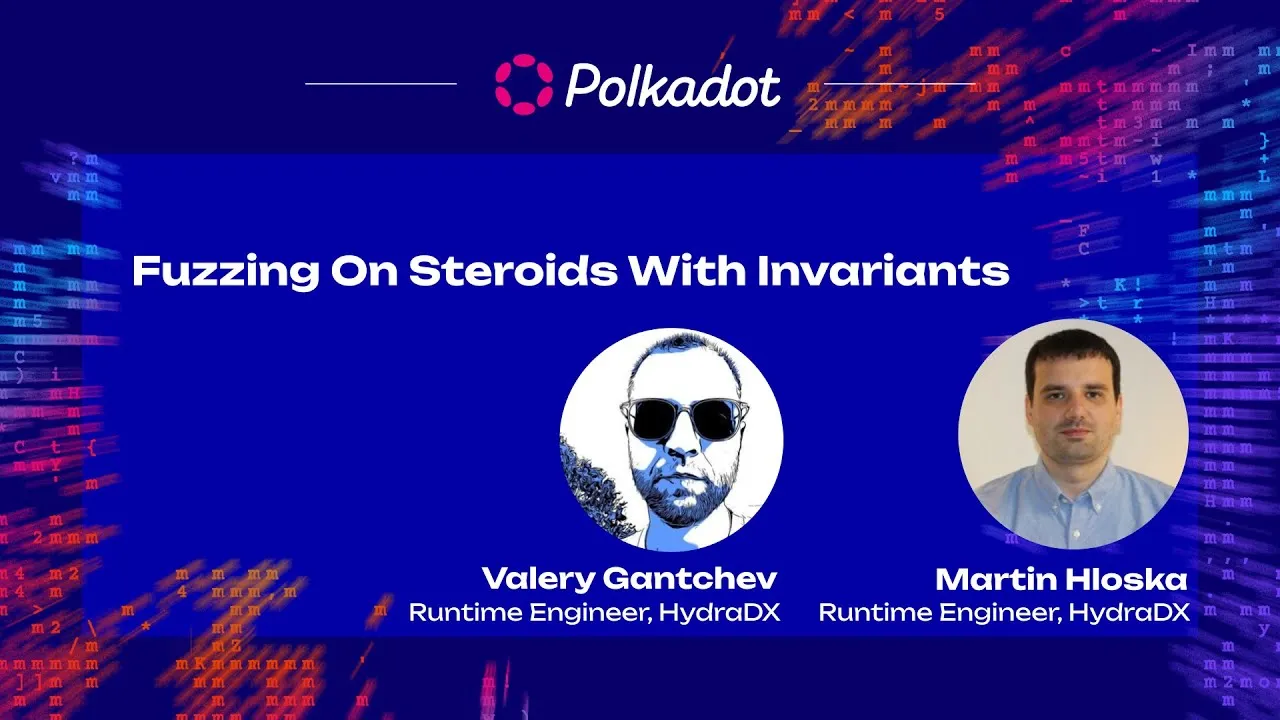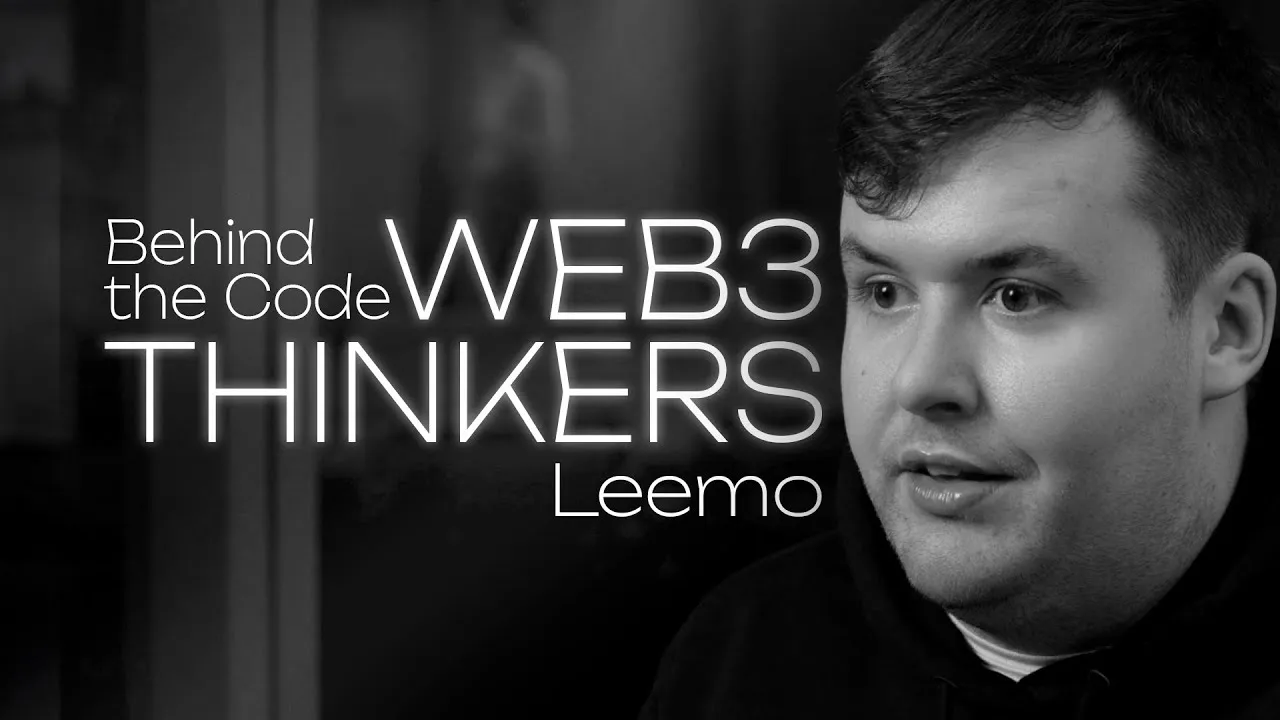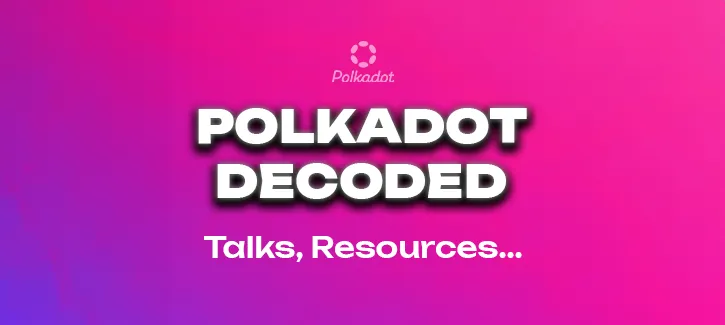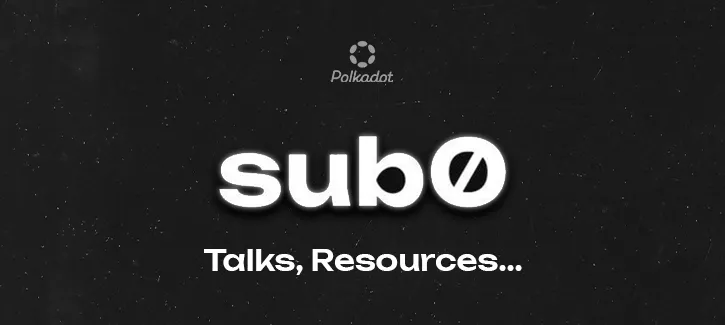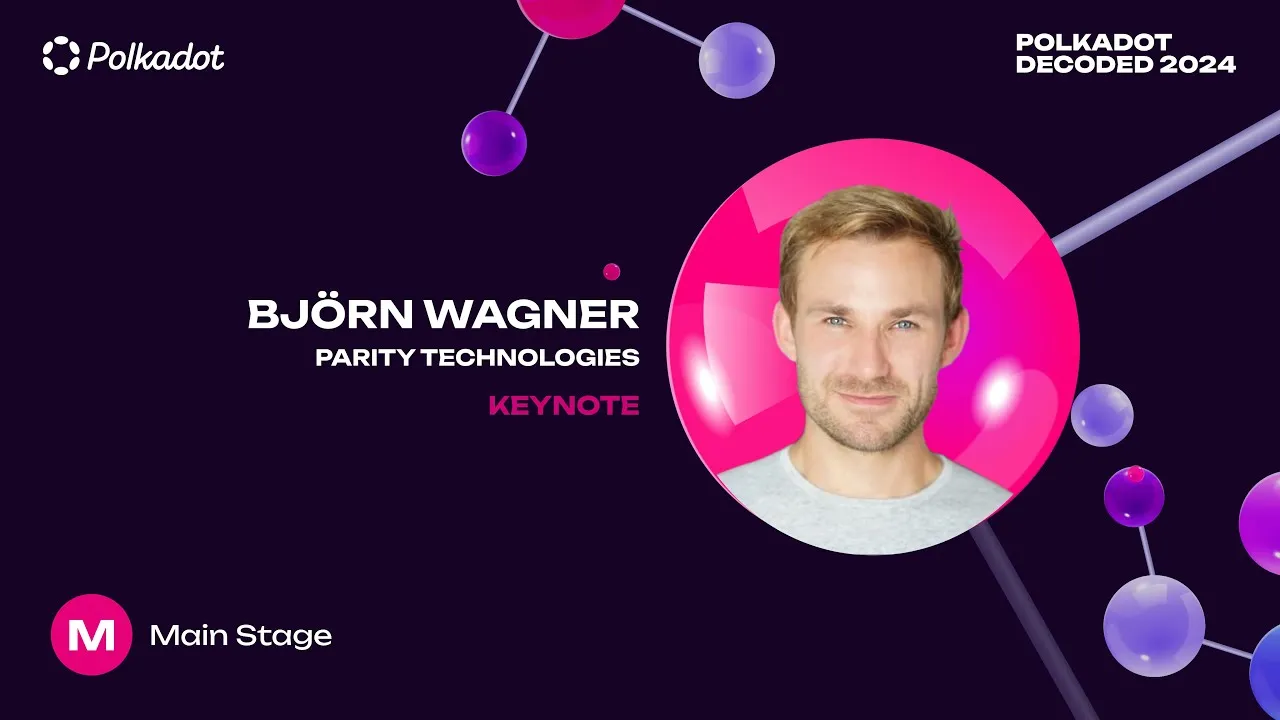

Subspace Network
A sustainable, decentralized blockchain platform utilizing Proofs-of-Capacity to achieve energy-efficient consensus and scalable transaction processing.
Subspace Network: Revolutionizing Blockchain Consensus with Proofs-of-Capacity
The blockchain ecosystem is continuously evolving to address critical issues such as energy efficiency, decentralization, and scalability. Subspace Network introduces an innovative solution that leverages Proofs-of-Capacity (PoC) to overcome these challenges. This article provides an in-depth exploration of Subspace Network, its unique consensus mechanism, and its potential impact within the Polkadot ecosystem.
The Farmer’s Dilemma and Subspace’s Solution
Traditional blockchain consensus mechanisms like Proof-of-Work (PoW) and Proof-of-Stake (PoS) face significant limitations in terms of energy consumption and centralization. PoC, which relies on storage capacity rather than computational power, presents a promising alternative. However, PoC introduces the “farmer’s dilemma,” where rational participants (farmers) must choose between allocating storage for maintaining the blockchain’s history and state or maximizing their storage pledged towards consensus. This dilemma often leads to farmers acting as light clients, thus undermining the network’s decentralization and security.
Subspace Network addresses this dilemma by ensuring that farmers do not need to maintain the state or history of the blockchain while retaining full node security properties. This is achieved through a novel consensus protocol based on proofs of replicated storage of the blockchain history itself.
Key Features of Subspace Network
Proofs-of-Archival-Storage: Subspace’s consensus mechanism is based on proofs of archival storage. Farmers create and store multiple unique replicas of the blockchain history. These replicas are regularly audited to ensure they are storing the history correctly. This approach incentivizes farmers to retain the history, maintaining the network’s security and decentralization.
Decoupled Consensus and Computation: To relieve farmers from maintaining the state and computing transitions, Subspace decouples consensus and computation. Farmers are responsible for ordering transactions, while staked executor nodes handle state maintenance and computation. This separation significantly reduces the computational and storage burden on farmers, allowing for higher participation with commodity hardware.
Decentralized Storage Network: Subspace creates a decentralized storage network where the history is collectively stored and maintained by all farmers. This network ensures that the blockchain history is always available, load-balanced, and efficiently retrievable.
Dynamic Storage Fees: Subspace introduces a dynamic transaction fee mechanism that adjusts based on the network’s storage capacity. This ensures that the cost of storage reflects the supply and demand dynamics, promoting sustainable growth of the blockchain.
Robust Security and Fraud Prevention: Subspace employs a system of staked deposits, verifiable computation, and non-interactive fraud proofs to ensure that executors are accountable for their actions. This system deters malicious behavior and maintains the integrity of the blockchain.
Subspace Technological Foundations
Proofs-of-Capacity (PoC): Unlike PoW, which is compute-intensive, PoC leverages storage capacity as the primary resource for consensus. Farmers in Subspace Network store large amounts of blockchain history, and their storage is regularly audited to ensure they are retaining the data correctly.
Proofs-of-Replicated-Storage: Subspace requires farmers to store multiple unique replicas of the blockchain history. This approach prevents farmers from discarding the history to maximize their storage for consensus, thereby addressing the farmer’s dilemma.
Trusted Execution Environments (TEEs): TEEs provide a secure environment for executing code and managing sensitive data. Subspace uses TEEs to validate transactions and maintain the integrity and confidentiality of its blockchain.
Erasure Coding and Distributed Hash Table (DHT): To ensure durability and retrievability of the blockchain history, Subspace employs erasure coding and a simplified DHT. This setup allows for efficient load balancing and retrieval of data across the network.
Subspace Economic and Social Implications
Energy Efficiency: By utilizing PoC, Subspace significantly reduces the energy consumption associated with blockchain consensus. This makes it a more sustainable alternative compared to PoW-based blockchains.
Enhanced Decentralization: Subspace’s approach ensures that consensus and computation are distributed across a large number of participants, promoting true decentralization and reducing the risk of centralization seen in PoW and PoS systems.
Accessibility: The reduced computational and storage requirements enable more individuals to participate in consensus using ordinary hardware. This inclusivity can drive wider adoption and community engagement.
Sustainable Economic Model: The dynamic storage fee mechanism ensures that the cost of maintaining the blockchain grows in line with network capacity, preventing unsustainable growth and ensuring long-term viability.
Conclusion
Subspace Network represents a significant advancement in blockchain technology by addressing the critical issues of energy efficiency, decentralization, and scalability through its unique Proofs-of-Capacity consensus mechanism. By decoupling consensus and computation, employing robust security measures, and ensuring the availability and retrievability of the blockchain history, Subspace sets a new standard for sustainable and scalable blockchain networks. As part of the Polkadot ecosystem, Subspace leverages shared security and interoperability, further enhancing its potential impact on the broader blockchain landscape. This innovative approach positions Subspace Network as a leader in the next generation of blockchain technology, paving the way for a more decentralized and sustainable future.
- Related Token/s: SSC
Subspace project details:
- Founder/S: Jeremiah Wagstaff.
- Legal Entity: Subspace Labs, Inc. .
 Subspace Official RSS
Subspace Official RSS
- Stake Wars 2: The Multi-Domain Saga Begins July 12, 2024
- Welcome to Autonomys Network’s June 2024 Ecosystem Update July 10, 2024
- What is Radical Autonomy? | Empowering H+AI in the Age of Autonomy July 6, 2024
- Missed Consensus 2024? Here’s a Roundup of the Best web3 x AI Talks July 6, 2024
- From Space Race to Long Tail: Crafting a Sustainable Token Issuance Model for a Resilient… July 3, 2024
- Becoming Autonomys: New Vision, New CEO, New Mainnet Launch Date June 14, 2024
- Welcome to Subspace Network’s February 2024 Ecosystem Update! March 21, 2024
- Welcome to Subspace Network’s January 2024 Ecosystem Update! February 13, 2024
- Incentivized Testnet Extension February 9, 2024
- Welcome to Subspace Network’s December 2023 Ecosystem Update! January 19, 2024

